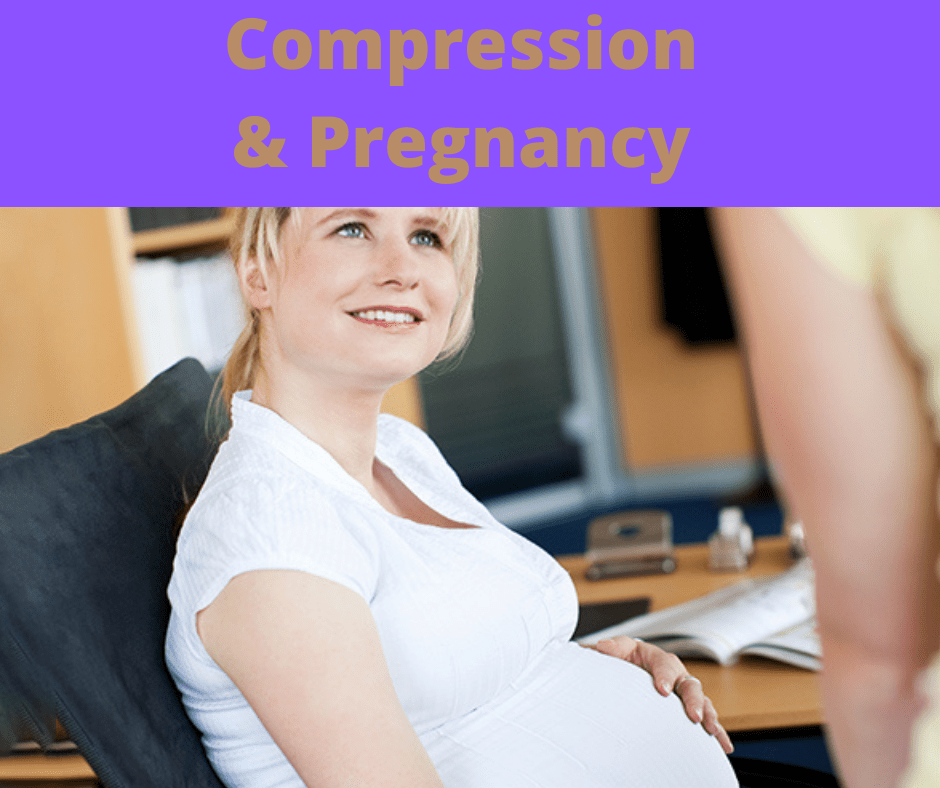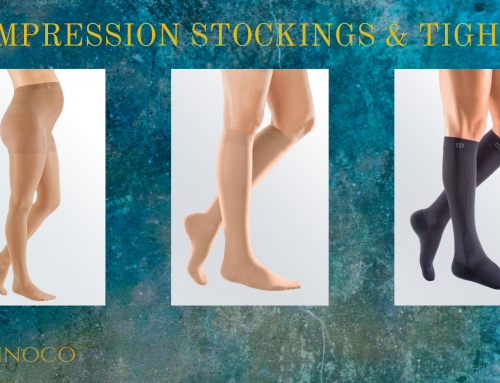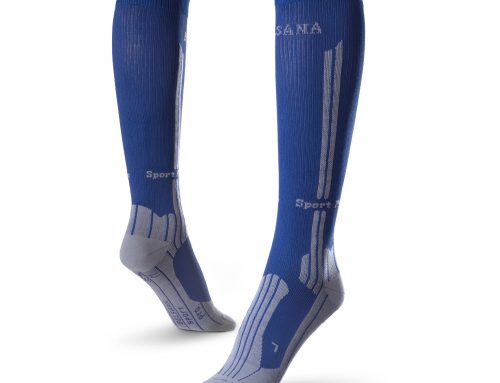Pregnancy & Vascular Issues
Medi compression garments can be used to reduce the risk of thrombois, varicose veins and to manage swollen legs during pregnancy .
Here is some information from Medi about how and why these compression garments can allow you to enjoy your pregnancy.
Of course it is always important to report and discuss leg swelling or other symptoms with your doctor as soon as you notice them to out rule serious complications
Venous stress in pregnancy
Onset and symptoms of venous stress
Physical exercise and sport: how you can reduce venous stress in pregnancy
Tips for everyday life
- Avoid sitting or standing for long periods
- Elevate painful, swollen legs as often as possible
- Make sure you drink enough
- Don’t wear shoes with high heels
- Strengthen your veins with vein exercises
- Wear compression garments, they support the venous system
Prevent with compression
In many pregnant women, the rapid weight gain leaves its mark. If the connective tissue is weak, stretch marks, so-called striae gravidarum, develop. These often appear on the legs as well as on the abdomen and the waist. Dry brush massages and massages with special oils can help to prevent them. Wearing compression hosiery can also help to counteract pregnancy stretch marks.







